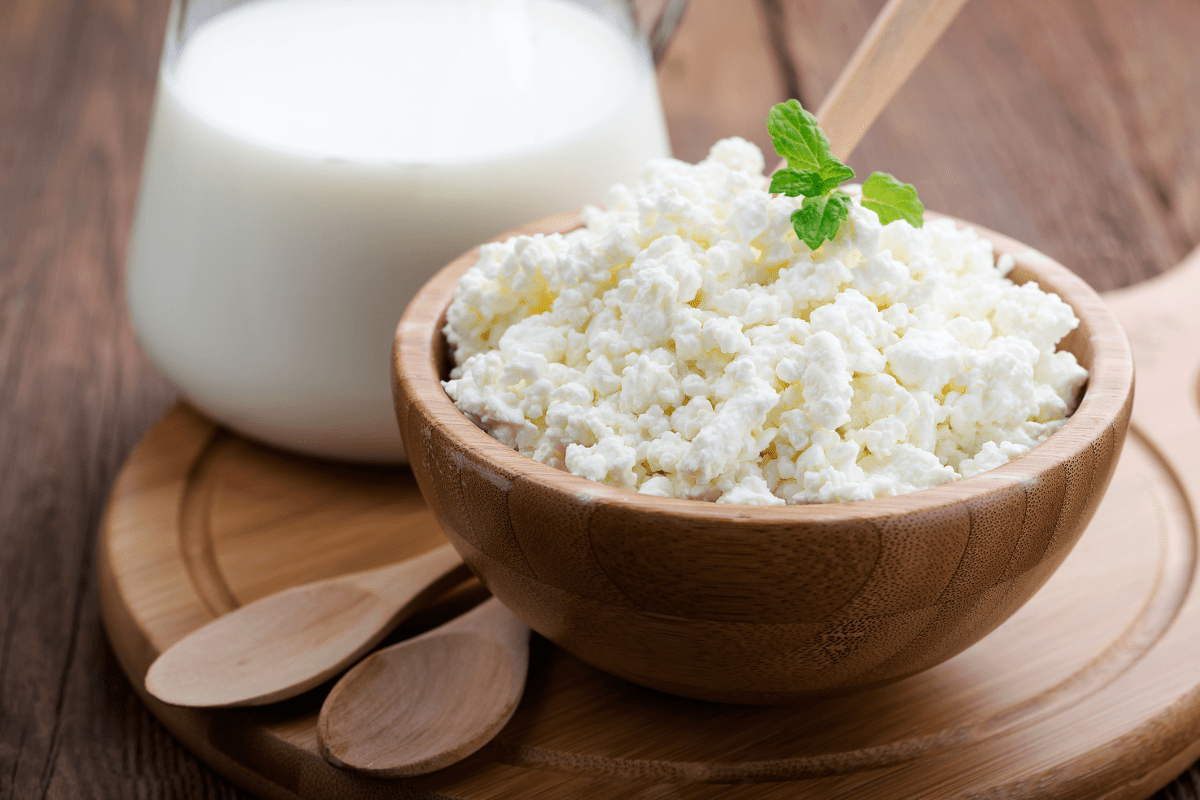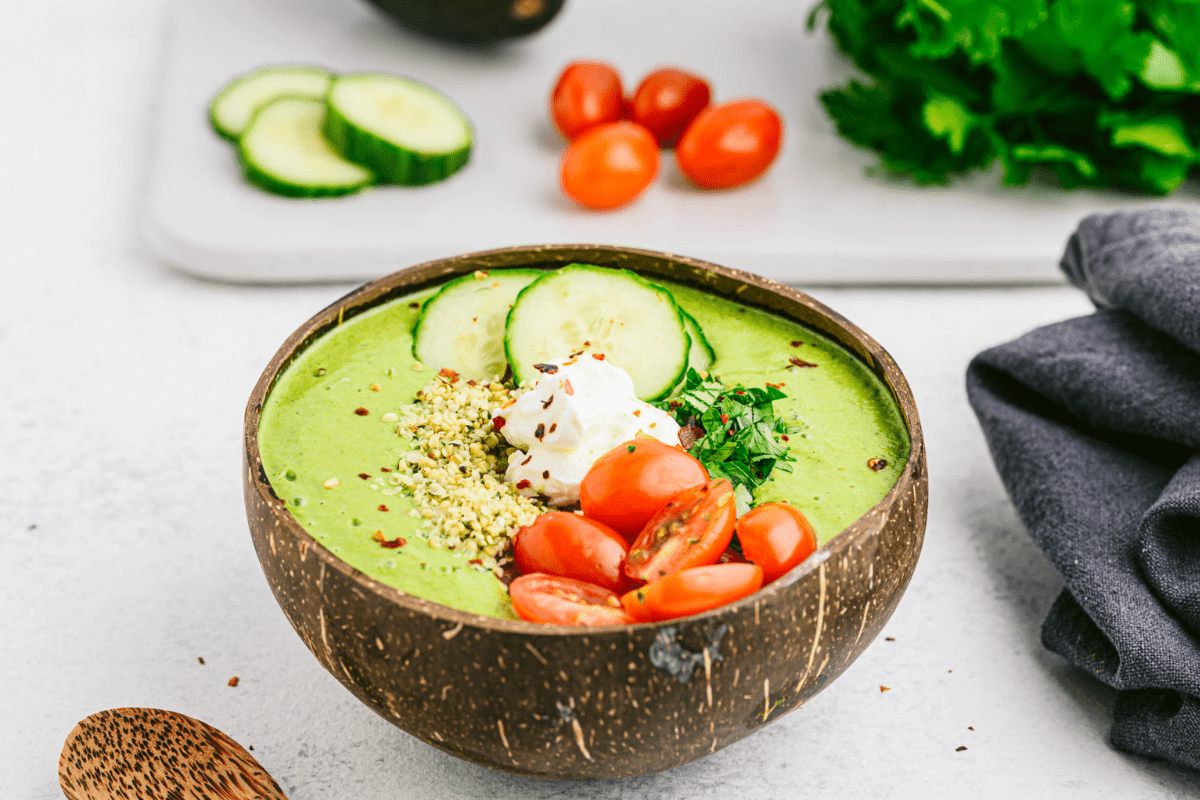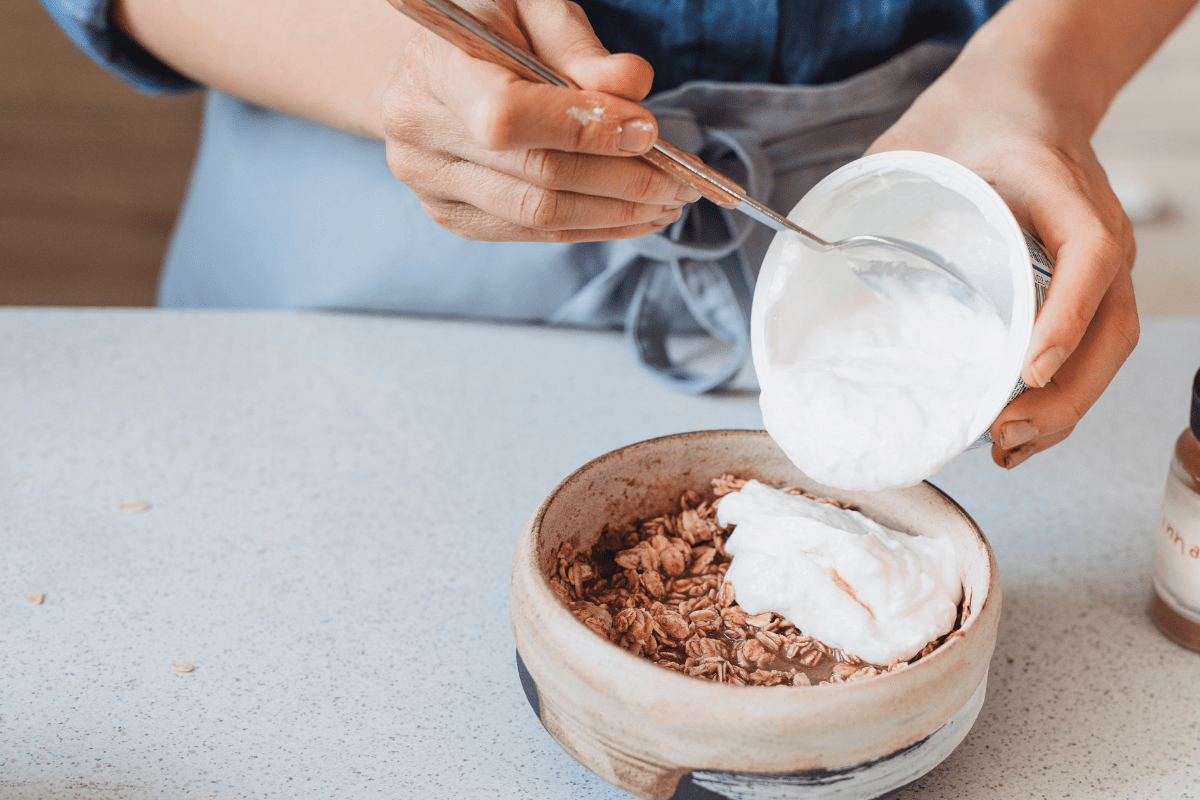Cream is one of the most versatile and essential ingredients in the kitchen, adding richness, texture, and flavor to countless recipes. But with so many types available at the grocery store, it can be confusing to know which one to use.
Each variety has its own unique fat content, texture, and best uses. In this guide, we’ll break down the different types of cream, their characteristics, and how to use them in your cooking and baking.
Whether you’re looking for the perfect topping for your dessert or the ideal base for a creamy sauce, this guide will help you make the right choice every time.
Different Types of Cream
Half and Half
- Contains approximately 10.5-18% fat content
- A mixture of milk and cream
- Often used in coffee or as a creamer
- Cannot be whipped
Light Cream
- Contains approximately 18-30% fat content
- Often used in coffee, tea, or desserts
- Not suitable for whipping as it doesn’t hold its shape well
Whipping Cream
- Contains approximately 30-36% fat content
- Often used in desserts, toppings, and sauces
- Can be whipped
Heavy Cream
- Contains approximately 36% or higher fat content
- Often used for making rich sauces, soups, and desserts
- Ideal for whipping
Sour Cream
- Contains approximately 20% fat content
- Made by fermenting cream with lactic acid bacteria, resulting in a tangy flavor
- Used in dips, dressings, and as a topping for baked goods
Crème Fraîche
- Contains approximately 30-45% fat content
- A cultured cream with a tangy flavor, similar to sour cream but thicker and less acidic
- Used in cooking, dressings, and as a topping
Clotted Cream
- Contains approximately 55-60% fat content
- Made by gently heating cream and allowing it to cool slowly
- Thick and often served with scones and jam in British tea




